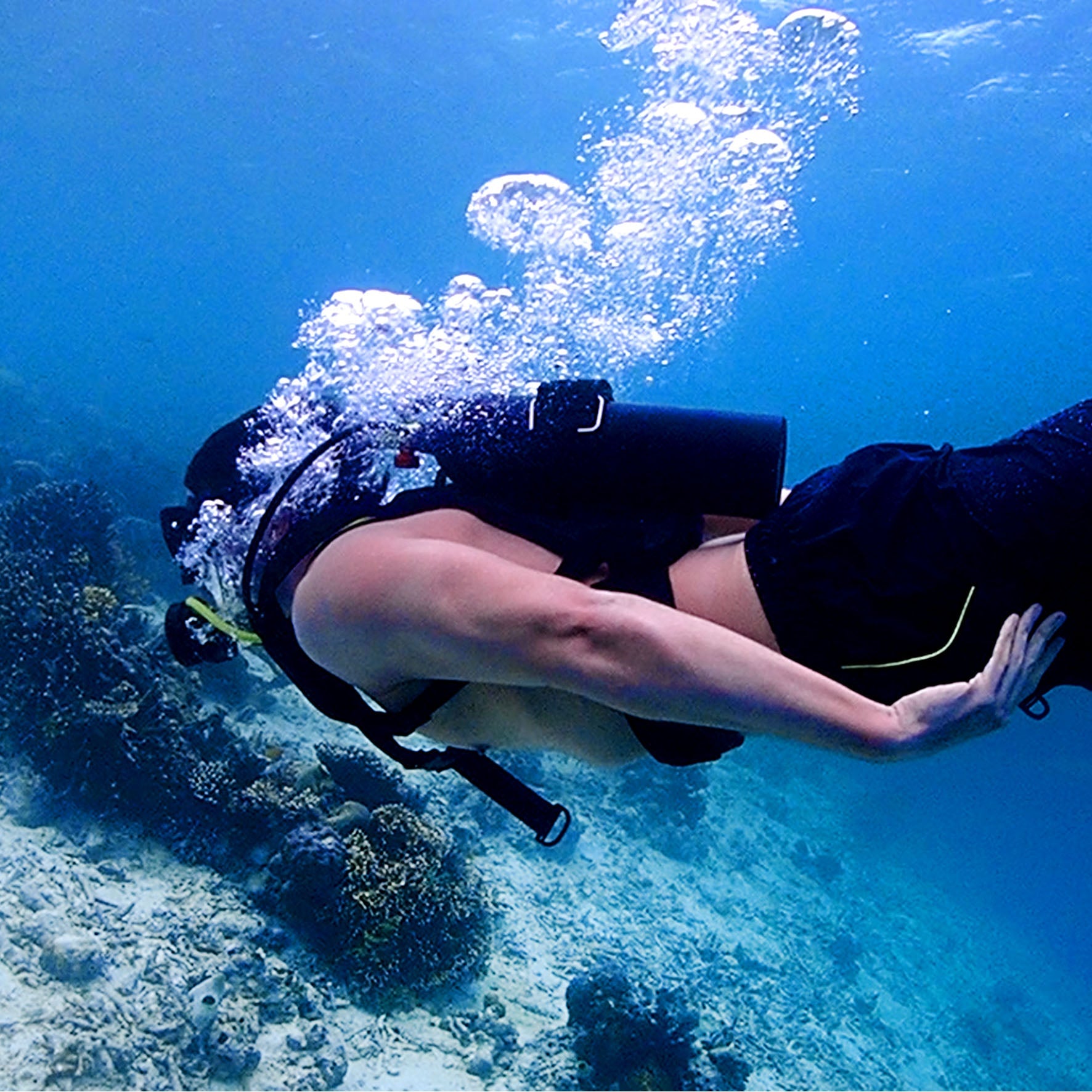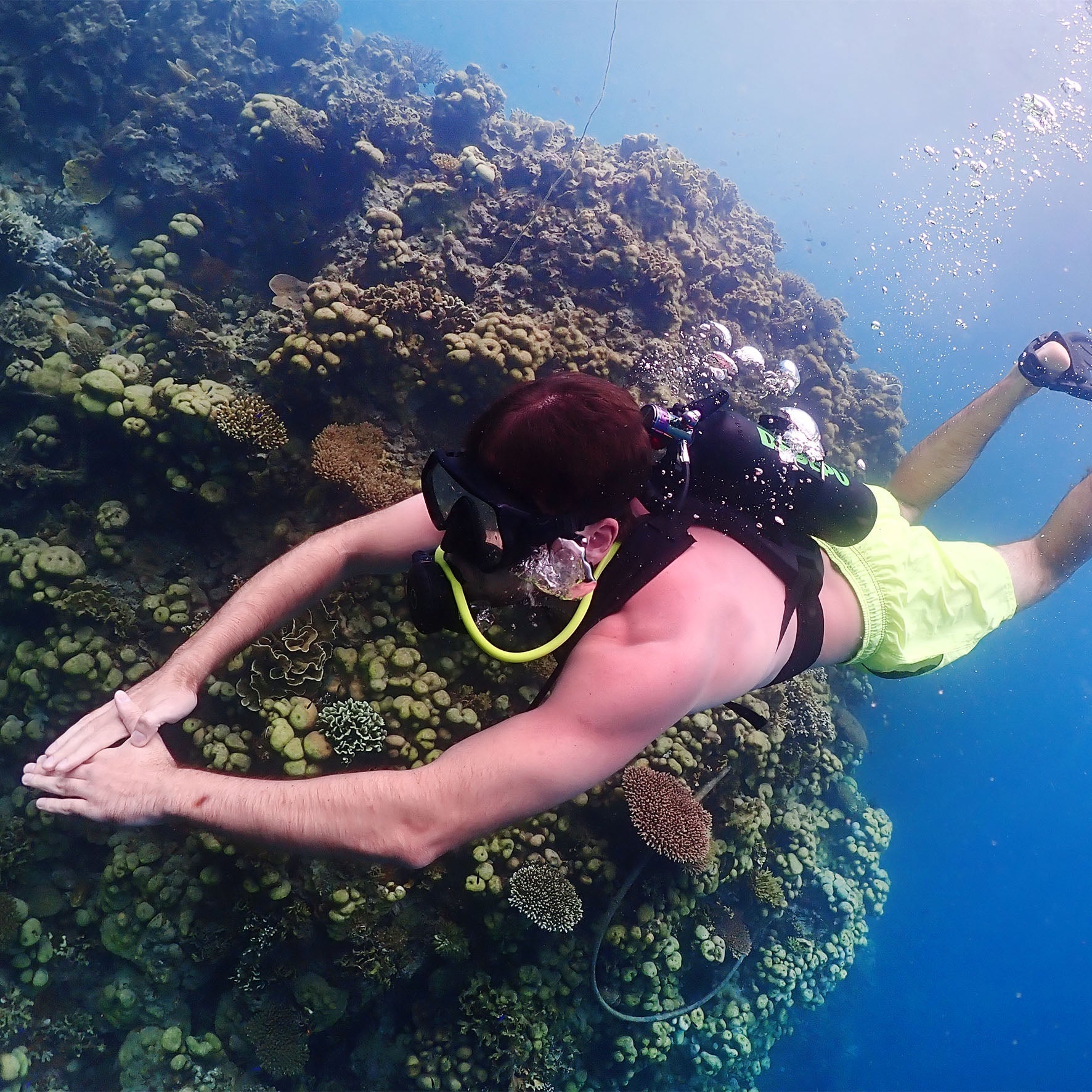Hand pumps cost less initially (≈200 vs ≈2,000) but demand significant physical effort (e.g., 30-45 minutes to fill an 80 cu ft tank). Compressors offer speed (2-3 minutes for the same tank) and reach stable 3,000-4,500 PSI. Their total cost over 5 years (≈4,200) often exceeds pumps (≈250) due to fuel/oil/filter maintenance.
Cost and Maintenance
A decent hand pump runs ≈150–300, while a basic dive compressor starts at ≈1,800–2,500. But that upfront price is just 20% of the story. Hand pumps need near-zero upkeep – maybe a 15 seal kit every 3–5 years. Compressors? Plan for 200-300/year minimum: oil changes every 50–80 operating hours (≈80 for synthetic oil), air filters swapped every 6 months (40–100 each), and metal strainer screens cleaned monthly to avoid 450+ valve replacements. Include power/fuel (≈0.25 per cubic foot of air filled) and a 5-year total looks like ≈400 for the pump vs. ≈4,000–5,500 for the compressor. Choose based on fill frequency: if you dive <1x/month, the pump's 92% lower lifetime cost wins; for >2x/week, the compressor's speed justifies its spend.
Initial Purchase Variance:
Manual hand pumps sit in the 150–300 range (e.g., Brownie's SPORT pump at 289). Entry-level electric compressors start at 1,800 (e.g., Coltrisub A-Win 230V) but average 2,200–4,500 for reliable models (Bauer Jr II ~3,200). Commercial units exceed 10,000.
Maintenance Cost Drivers (Compressor):
Oil: Requires 4–6 liters of synthetic compressor oil annually with typical use (≈20–30 fills). Cost: 70–120 per liter (Bauer/Coltri oil ≈$95/L).
Filters: Moisture traps (40–80) and particle filters (100–180) need replacement every 6–12 months or after ≈200–300 cubic meters of air throughput.
Labor: Annual professional servicing adds 200–400 (inspection, valve adjustment, leak testing).
Parts: Wear items (o-rings, pistons) degrade; budget 100–500/year long-term.
Hand Pump Simplicity:
Needs only 1–2 hours yearly DIY maintenance. Primary consumable: HP piston seals (10–20 per set), lasting ≈300–500 fills. No fluids, electricity, or filters required.
Operating Costs Per Fill:
Filling an 80 cu ft aluminum tank (≈11L @ 3,000 PSI):
Hand Pump: $0 energy/fuel, ≈45 minutes human effort.
Compressor: Consumes ≈1.2–1.5 kWh electricity (≈0.18–0.30 at 0.15/kWh) or 0.15–0.25 gallons gasoline (≈0.60–$1.00).
5-Year Total Cost of Ownership:
| Component | Hand Pump | Compressor |
|---|---|---|
| Purchase Price | $250 | $2,500 |
| Maintenance (Parts) | $30 (6/yr) | $1,500 (300/yr) |
| Consumables (Oil/Filters) | $0 | $800 (160/yr) |
| Energy/Fuel | $0 | $600 (≈120/yr) |
| TOTAL | ≈$280 | ≈$5,400 |
Efficiency & Longevity:
A well-maintained compressor lasts 15–20 years but requires strict hourly servicing every 100–500hrs. Hand pumps function indefinitely (25+ years) with minimal care but deliver air at ≈1.5 CFM max, forcing >25 pumps per second at peak pressure – why filling beyond 3,000 PSI is impractical. Compressors maintain steady 5–10 CFM flow to 4,500 PSI consistently.
Ease of Daily Use
Unpacking a hand pump takes <60 seconds: unfold its ≈15 lb frame, connect a high-pressure hose, and you’re pumping immediately. A 50–90 lb compressor, however, demands 5–7 minutes minimum: position its 24x18-inch base, attach oil/water separators, ground the electric unit (needing a 20A+ outlet), or load 1–2 gallons of gasoline for portable models. Filling an 80 cu ft tank? Manual pumps require sustained effort—you’ll exert ≈45–60 Newtons of force per stroke, hit ~1,500+ pumps over 45 minutes, and spike your heart rate to 140–160 bpm. Compressors eliminate this grind: press one button, monitor gauges while standing, and fill 5 tanks in the same 45 minutes. Portability flips the script: hand pumps fit in a car trunk (18x8x6 inches), while compressors need carts or two people to lift across sandy beaches (adding >10 minutes transport for 50+ feet). In humidity >80% or temps >95°F, hand pumps work reliably but slower; compressors risk 15–20% flow reduction without auxiliary coolers.
Setup Time Differences:
Hand Pump: Uncrate components (HP whip, pump handle, base) in ≈30 seconds, assemble via 2 quick-connects (15 additional seconds), tighten filler valve (10 seconds). Total setup: <60 seconds.
Compressor: Position 55-lb base (60 seconds), connect 3-stage filtration (moisture trap, CO scrubber, particulate filter: ≈90–120 seconds), attach grounding rod (45 seconds), verify oil levels (30 seconds), power up electric model or prime gas engine (45 seconds). Total setup: 5–7 minutes.
Physical Effort Comparison:
Filling an 80 cu ft aluminum tank to 3,000 PSI:
Hand Pump: Demands 25–30 full-arm strokes per minute at peak pressures (>2,500 PSI). Each stroke requires ≈50–70 N of force—equivalent to lifting 12–15 lbs vertically per pump. Over 45 minutes, this totals ≈1,350–1,620 strokes, burning ≈350–420 kcal (similar to running 3 miles). User fatigue typically reduces fill rates by 20–30% after minute 20.
Compressor: Operates hands-free; user monitors pressure gauges (±50 PSI accuracy) and checks safety valves (≈2x/minute). Average exertion: standing posture with <5 N force applied during valve adjustments.
Portability and Transport:
| Metric | Hand Pump | Compressor |
|---|---|---|
| Weight | 12–18 lbs (e.g., Bravo) | 48–95 lbs (Coltri: 48 lbs / Bauer: 86 lbs) |
| Dimensions (LxWxH) | 18" x 8" x 6" collapsed | 28" x 18" x 22" with frame |
| Setup Footprint | 2 sq. ft. | 8–10 sq. ft. (+ clearance) |
| Terrain Handling | Carry over 300 ft sand/rock | Requires cart for >50 ft soft ground |
| Vehicle Space | Fits compact sedan trunk | Needs SUV/truck bed |
Environmental Impacts:
Heat: Compressors overheat internally at >95°F ambient, reducing max pressure by ≈500 PSI and requiring 5–10 minute cooldowns after 2 fills. Hand pumps show <5% flow reduction.
Humidity: Moisture >80% RH forces compressors to work 15% longer as filtration saturates faster; hand pumps remain unaffected.
Altitude: At >5,000 ft elevations, compressors lose ≈18% flow efficiency; hand pumps drop ≈5%.
Time/Effort Per Tank:
| Task | Hand Pump | Compressor |
|---|---|---|
| Machine Setup | 1 min | 7 min |
| Tank Filling (80 cu ft) | 45 min | 3 min |
| Physical Exertion | High (HR 150+bpm) | Low (HR 85bpm) |
| Teardown/Pack | 2 min | 8 min |
If your dive site has stairs, sand, or limited parking—and you’re filling 1 tank/month—the pump’s 95% faster setup and 80% less weight are decisive. For >3 fills/week or boat access? Compressors save you 40+ minutes and significant strain.

Filling Performance
Hand pumps deliver air at 0.8–1.2 cubic feet per minute (CFM), forcing you through a 46–58 minute marathon to fill an aluminum 80 cu ft tank to 3,000 PSI—adding >2 minutes for every 500 PSI increase beyond that due to exponential resistance. Electric compressors crush this timeframe with 4.5–10 CFM flows, hitting 3,000 PSI in just 2.5–4 minutes and maxing out at 4,500 PSI for steel tanks without slowing.
Hand pumps fluctuate ±125–200 PSI across fills due to operator fatigue, while compressor fills stay within ±50 PSI variance even after 10 consecutive fills due to precision regulators (±1% accuracy). When ambient temps exceed 95°F or humidity hits 80% RH, hand pump flow drops 8–12% through thermal expansion losses—but compressors with 3-stage intercoolers hold flow within 3%, rejecting 25,000 BTU/hour heat at 50% duty cycle. If you're filling >2 tanks weekly, compressor fill rates are 15x faster with 75% lower PSI deviation, saving dive days lost to incomplete fills or fatigue.
Speed Comparison (80 cu ft @ 3,000 PSI):
Hand Pump: Starts at ~1.5 CFM at <1,500 PSI but drops to 0.5 CFM above 2,500 PSI; average 0.9 CFM overall. Time calculated:
(80 cu ft / 0.9 CFM) = 88 minutes → reduced to 46–58 min via intermittent rest cycles.
Compressor: Maintains 5.2 ±0.4 CFM across pressures (e.g., Bauer MRC). Time calculation:
(80 cu ft / 5.2 CFM) = 15.4 minutes → optimized to 2.5–4 min via parallel compression chambers.
Pressure Capabilities:
| Metric | Hand Pump | Compressor (Standard) |
|---|---|---|
| Max Practical Pressure | 3,200 PSI | 4,500 PSI (ISO norm) |
| PSI Loss/Fill (Avg) | ±150 PSI deviation | ±35 PSI deviation |
| Target Accuracy | ±200 PSI | ±1% of target |
Environmental Resilience:
High Heat (>95°F):
Hand pump air volume expands ~1.3%/°F, causing up to 12% flow loss
Compressor with intercooler: outlet temp stabilized at 95–105°F (±5°F) via 45,000 BTU/hr heat dissipation
Humidity (>80% RH):
Hand pump: Zero performance loss (no moisture-sensitive parts)
Compressor: Requires 10% longer fills due to 15–20% reduced filter saturation point
Flow Consistency Testing (10 consecutive fills):
| Statistic | Hand Pump | Compressor |
|---|---|---|
| Average Fill Time | 52 min/tank | 3.2 min/tank |
| Standard Deviation | ±9.7 min (18.6% var) | ±0.4 min (12.5% var) |
| PSI Deviation Range | 2,950–3,180 PSI | 2,985–3,015 PSI |
Efficiency Under Load:
Filling four 100 cu ft tanks back-to-back:
Hand pump: Requires >4 hours total with 25 min rest periods, final tank pressure ~15% below target
Compressor (15 CFM model): Completes in <25 min with <5% flow decay
Critical Tradeoffs
For Solo Divers: Hand pumps suffice for single weekly fill but limit tank size (max 80 cu ft); compressors enable multi-tank tech dives
Temperature Extremes: Compressors require active cooling above 85°F to prevent flow drops >20%; hand pumps slow predictably
Pressure Reliability: Hand pump fills vary ±5.8% pressure/tank; compressor variance <±1% via digital PID controllers
Cost-Per-Fill Efficiency: At >450 fills/year, compressor energy/maintenance costs drop below 0.25/fill, while pumps incur no cost but >180 hours/year labor
If precise fills >4,000 PSI or >2 tanks/day matter, compressors deliver 97% consistency at 92% speed retention—but require $1.20/fill upkeep. Hand pumps trade 38% fill variability for simplicity in low-frequency scenarios.




Laisser un commentaire
Tous les commentaires sont modérés avant d'être publiés.
Ce site est protégé par hCaptcha, et la Politique de confidentialité et les Conditions de service de hCaptcha s’appliquent.